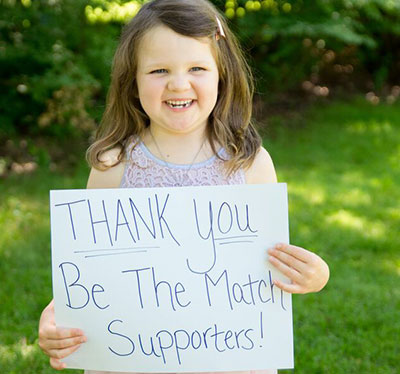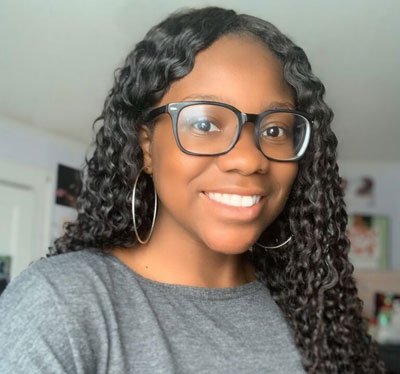Be The Match® partners with a network of public cord blood banks that collect and store cord blood units. Today, patients and their doctors have access to more than 268,000 umbilical cord blood units on the Be The Match Registry® and 811,000 cord blood on U.S. and global registries.
Why donate?
Your baby’s cord blood could literally save someone’s life.
Every year, thousands of patients are diagnosed with life-threatening blood cancers—like leukemia—or other diseases like sickle cell anemia. Unfortunately, 70% of patients don’t have a fully-matched donor in their family. Their best hope for a cure is a blood stem cell transplant from an unrelated donor. These patients turn to Be The Match hoping to find an unrelated adult donor or umbilical cord blood unit.
Umbilical cord blood can be used to cure or treat more than 75 diseases. When you donate your baby’s umbilical cord blood to a public cord blood bank, you are giving hope to a patient and their family for a second chance at a life.
Help improve the odds
Genetic typing used to match donors and patients is much more complex than matching blood type.
Patients are most likely to match donors who share the same ethnic background because genetic traits used to determine a match are inherited. Children with parents from different ethnic backgrounds are inheriting new and unique genetic combinations. As a result of these uncommon or rare tissue types, it is making it harder for patients from diverse ethnic backgrounds to find a match.
Today, ethnically diverse donors are underrepresented on the registry—both adult donors (i.e., marrow and peripheral blood stem cells (PBSC) and umbilical cord units).
Adding donated cord blood to the registry from diverse communities will help increase the likelihood for patients to find a life-saving match. See if you can donate.
The power of cord blood
Studies show that patients may not need to match an umbilical cord blood unit as closely as is necessary for an adult marrow or PBSC donor.
Umbilical cord blood is especially promising for patients who:
- Have diverse ethnic backgrounds helping remove barriers for patients with uncommon HLA-types
- Need to move to transplant urgently
- Have a life-threatening genetic disorder that usually presents itself in childhood
- Have trouble finding an adult donor on the registry
Make an impact

Lucy, cord blood recipient
Meet Lucy
Lucy is a high-spirited 7-year-old who enjoys reading, ballet and riding her bike. At 6 months old, she was diagnosed with acute myeloid leukemia (AML). A cord blood transplant was the life-saving treatment Lucy needed and now she can celebrate every milestone, both big and small thanks to the mother who donated cord blood.

Sosa, cord blood recipient
Meet Sosa
Imagine not knowing if you would live to see your 18th birthday, that is the reality Sosa faced living with sickle cell disease. A cord blood donation made it possible for Sosa to receive a double cord blood transplant when she was 12, giving her a second chance at life. Having completed her undergraduate studies, Sosa is hoping to pursue a career in medicine thanks to the moms who donated their cord blood.
See what other families experienced when making the decision to donate their baby’s cord blood.
Federal Cord Blood Mandate
Be The Match was selected by the U.S. government to operate as the nation’s Cord Blood Coordinating Center as mandated by the Stem Cell Therapeutic and Research Act of 2005 (Stem Cell Act 2005) and amended by the Stem Cell Therapeutic Reauthorization Act of 2010 and 2015. We work with public cord blood banks, doctors and researchers to continually improve cord blood transplantation and educate medical professionals and the public.
